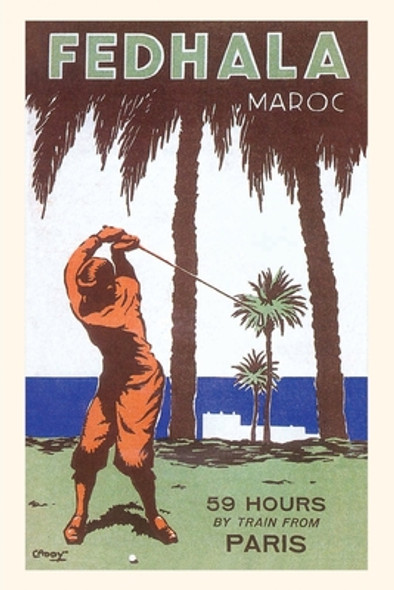Description
The Rif War in rugged northern Morocco is remembered for romantic films and novels about the French Foreign Legion, such as Beau Geste. In reality, the French intervention, although very important, was late and secondary in importance to that of the Spanish. Spain, which had been fighting in Africa since 1909, suffering disasters such as Barranco del Lobo and victories such as the cavalry charge in Taxdirt in 1913, had had to face enemies such as Mizzian, El Roghi, or the famous El Raisuni. Abd-el Krim's revolt caused 8,000 Spanish deaths at Annual in 1921, and then loomed over French Morocco, leading to another 5,700 casualties. This war was not only a campaign of attacks by Rif guerrillas on isolated forts and columns, but degenerated into trench warfare in some sectors, and saw the use of tanks, artillery, gas, aviation, and an amphibious operation that would go on to be closely studied by the Allies in the Second World War. All of this forced an effective collaboration between generals Petain and Primo de Rivera, who, as allies, finally crushed the rebellion after gathering some 250,000 soldiers and 400 aircraft against some 45-65,000 Riffians.
The war also saw the Spanish army completely reformed, reaching new levels of effectiveness with the founding of the Spanish Legion and the recruitment of Moroccan soldiers of the Regulares. These troops, together with a plethora of commanders who made their combat debuts here, such as Franco, Mola, Queipo de Llano and Kindelán, would later fight in the Spanish Civil War. These commanders would be called the "Africanistas" and would constitute the hard core of the military that rose up against the government in 1936.
The book focuses not only on land military operations and the organization of the armies - Spanish, French and Riffian - but also on the air forces and their operations, including those of an incipient and frustrated Riffian aviation. In the case of Spain, the Rif War was the birth certificate of its air forces in combat and here, Spain was the first nation to use specially designed bomb-aiming devices.
The war also saw the Spanish army completely reformed, reaching new levels of effectiveness with the founding of the Spanish Legion and the recruitment of Moroccan soldiers of the Regulares. These troops, together with a plethora of commanders who made their combat debuts here, such as Franco, Mola, Queipo de Llano and Kindelán, would later fight in the Spanish Civil War. These commanders would be called the "Africanistas" and would constitute the hard core of the military that rose up against the government in 1936.
The book focuses not only on land military operations and the organization of the armies - Spanish, French and Riffian - but also on the air forces and their operations, including those of an incipient and frustrated Riffian aviation. In the case of Spain, the Rif War was the birth certificate of its air forces in combat and here, Spain was the first nation to use specially designed bomb-aiming devices.
Details
Author: |
Javier Garcia de Gabiola |
ISBN 10: |
191437701X |
Pages: |
80 |
Publisher: |
Helion & Company |
Publication Date: |
December 31, 2021 |
Binding: |
Paperback |






